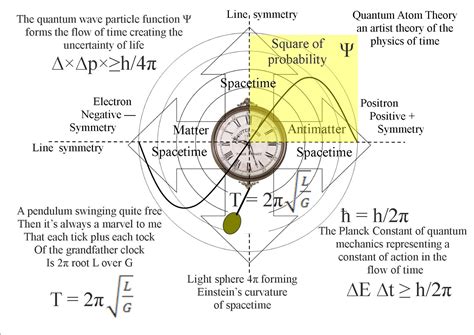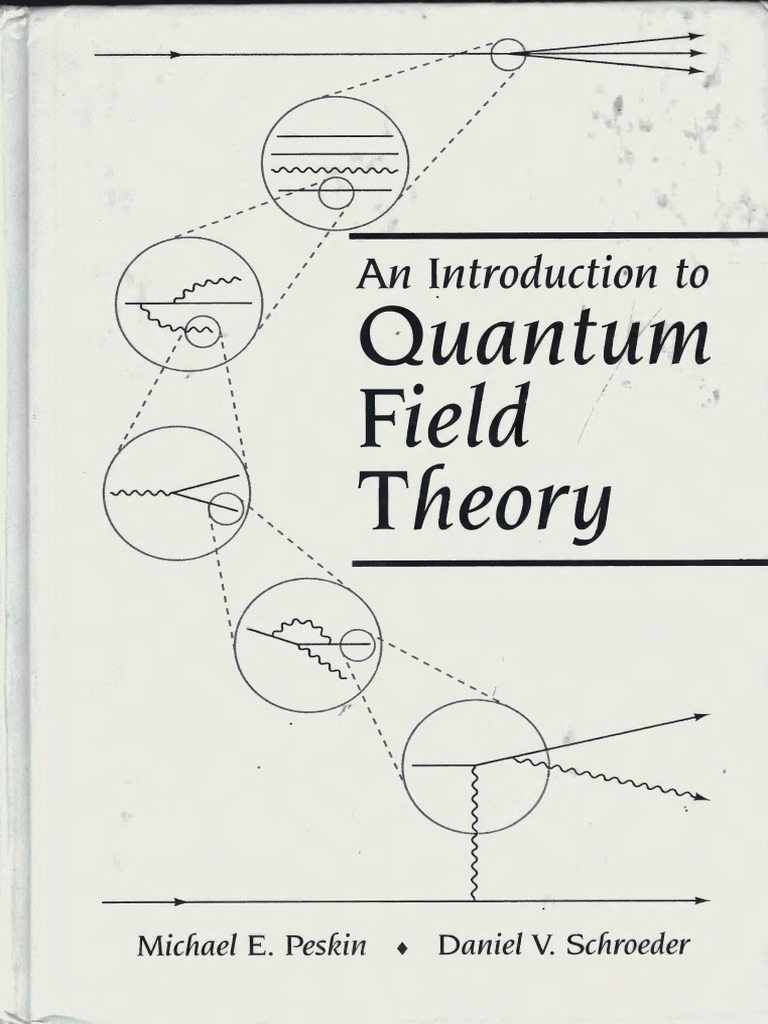Quantum Theory Math

Unveiling the Mathematical Marvels of Quantum Theory

Quantum theory, a cornerstone of modern physics, is a realm where the extraordinary meets the intricate. This theory, built upon a foundation of mathematics, has revolutionized our understanding of the universe at its most fundamental level. In this article, we delve into the captivating world of quantum theory mathematics, exploring its principles, applications, and the profound impact it has on our scientific knowledge.
The Language of Quantum Mechanics

Quantum mechanics, the heart of quantum theory, relies on a unique mathematical language to describe the behavior of particles at the smallest scales. At its core, this language is built upon complex numbers, which provide a framework to represent the probabilities and uncertainties inherent in quantum systems. The use of complex numbers allows for a more accurate representation of the quantum world, where phenomena like superposition and entanglement challenge our classical intuitions.
Mathematically, quantum states are described by wave functions, which are complex-valued functions. These wave functions provide a probabilistic description of a particle's state, encompassing its position, momentum, and other quantum properties. The square of the absolute value of the wave function at a particular point gives the probability density of finding the particle at that location.
One of the key mathematical tools in quantum mechanics is the Hamiltonian operator, which describes the total energy of a quantum system. This operator is crucial for solving the Schrödinger equation, a fundamental equation in quantum mechanics that governs the time evolution of a quantum system. By applying mathematical techniques like linear algebra and functional analysis, physicists can solve this equation and predict the behavior of quantum systems.
Quantum Operators and Transformations
Quantum operators play a vital role in manipulating and transforming quantum states. These operators, represented by matrices, act on wave functions to produce new states. For instance, the position operator gives the position of a particle, while the momentum operator determines its momentum. The uncertainty principle, a cornerstone of quantum mechanics, arises from the non-commutative nature of these operators, highlighting the intrinsic uncertainty in measuring certain pairs of quantum properties simultaneously.
Quantum transformations, such as unitary transformations, are essential for describing the evolution of quantum systems. These transformations preserve the norm of the wave function, ensuring that the total probability of finding the particle remains constant over time. Unitary transformations are crucial for understanding phenomena like quantum gates and quantum algorithms, which form the basis of quantum computing.
Quantum Entanglement: A Mathematical Marvel
Quantum entanglement, a phenomenon that defies classical intuition, is a cornerstone of quantum information theory. Mathematically, entanglement is described by entangled states, which cannot be factored into a product of individual states. This property, known as non-separability, is a key feature of quantum systems and is essential for quantum communication and quantum cryptography.
The mathematical formalism of quantum entanglement involves the use of tensor products to describe the combined state of multiple particles. Entangled states can be highly complex, and their properties are often described using measures like entanglement entropy and entanglement of formation. These measures provide insights into the degree of entanglement and the resources required for its manipulation.
Quantum Information and Computation

Quantum information theory, an offshoot of quantum mechanics, explores the fundamental limits of information processing in the quantum realm. This field has given rise to quantum computing, a paradigm that leverages the principles of quantum mechanics to perform computations at unprecedented speeds. The mathematical foundation of quantum information theory is built upon the theory of quantum channels and quantum gates.
Quantum channels, mathematical objects that describe the evolution of quantum systems under the influence of noise or measurements, are central to quantum information theory. These channels can be represented by completely positive trace-preserving maps, which preserve the trace and positivity of quantum states. Quantum gates, on the other hand, are unitary transformations that act on quantum bits (qubits) to perform quantum computations.
The Future of Quantum Mathematics
The mathematical exploration of quantum theory is an ongoing journey, with new discoveries and applications emerging regularly. As our understanding of the quantum world deepens, the mathematical tools at our disposal become increasingly sophisticated. From the development of quantum algorithms for optimization and machine learning to the exploration of quantum gravity and the quantum nature of space-time, the future of quantum mathematics holds immense promise.
Quantum theory mathematics is a testament to the power of mathematical abstraction and its ability to describe the intricate behaviors of the universe. As we continue to explore the quantum realm, the mathematical language we use will evolve, providing us with new insights and a deeper understanding of the fundamental laws that govern our universe.
Frequently Asked Questions
What is the role of complex numbers in quantum mechanics?
+Complex numbers are essential in quantum mechanics as they provide a mathematical framework to represent the probabilities and uncertainties inherent in quantum systems. They allow for a more accurate description of quantum states, where phenomena like superposition and entanglement challenge classical intuitions.
How do quantum operators work, and what do they represent?
+Quantum operators, represented by matrices, act on wave functions to produce new states. They describe the behavior of quantum systems and their properties. For instance, the position operator gives the position of a particle, while the momentum operator determines its momentum.
What is the significance of quantum entanglement, and how is it described mathematically?
+Quantum entanglement is a phenomenon where the states of multiple particles are interconnected in a way that cannot be described independently. Mathematically, entanglement is described by entangled states, which are non-separable, meaning they cannot be factored into a product of individual states. This property is essential for quantum communication and quantum cryptography.
How does quantum information theory contribute to quantum computing?
+Quantum information theory explores the fundamental limits of information processing in the quantum realm. It provides the mathematical foundation for quantum computing, including the theory of quantum channels and quantum gates. Quantum channels describe the evolution of quantum systems under noise or measurements, while quantum gates are unitary transformations that act on qubits to perform quantum computations.



